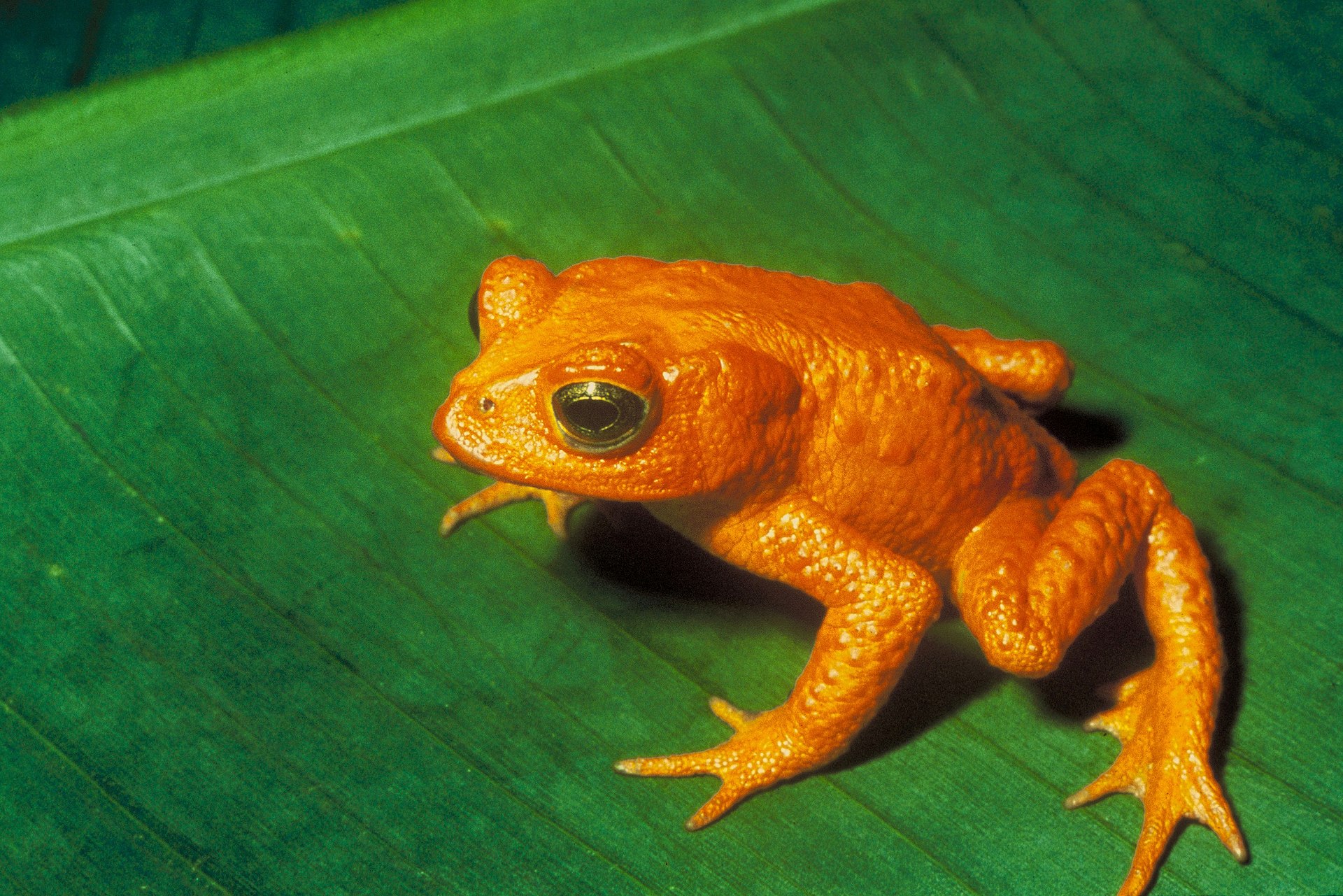Animal extinction facts have arrived. Extinction is the death of a type of organism or a collection of organisms (taxon), most commonly a species. Although the potential to reproduce and recuperate may have been lost before this time, the death of the last individual of the species is typically regarded as the moment of extinction. Because a species’ potential range might be rather wide, pinpointing this time can be challenging, and it is generally done after the fact.
This problem leads to events like Lazarus taxa, in which a species thought to be extinct suddenly “reappears” (usually in the fossil record) after an apparent absence. We will discuss more interesting animal extinction facts in this article.
Over five billion species, or more than 99 percent of all species that ever lived on Earth, are thought to have perished. There are an estimated 8.7 million eukaryote species on the planet now, with the number likely to rise dramatically if microbes such as bacteria are included.
Non-avian dinosaurs, saber-toothed cats, dodos, mammoths, ground sloths, thylacines, trilobites, and golden toads are examples of extinct animal species.
An endangered species is one that is highly likely to become extinct in the near future, either globally or within a certain political jurisdiction. Habitat loss, poaching, and invasive species are all potential threats to endangered species.
Many countries have regulations in place to preserve conservation-dependent species, such as hunting bans, land development restrictions, and the creation of protected areas. Extensive conservation efforts, such as captive breeding and habitat restoration, are underway for certain endangered species.
Many species’ worldwide conservation statuses are included on the International Union for Conservation of Nature (IUCN) Red List, and many additional bodies assess the condition of species within specific areas.
Animal extinction facts
Let’s find below animal extinction facts:
1. On December 24, 1938, a fisherman in South Africa captured a strange-looking fish that was eventually identified as the “coelacanth,” a fish that had been thought to be extinct for 65 million years.
2. Multiple species of vultures have died as a result of vitamins provided to cattle in India. The vultures feast on the vitamin-rich cow corpses and then on each other, putting almost half of their species in jeopardy.
3. Every year, the United States spends around $76 billion on endangered animals and environmental protection.
4. Some creatures become extinct as a result of not being devoured by humans.
5. Standing on all fours, the Arctodus simus, or “Giant Bear,” was enormous enough to stare a human of ordinary height in the eyes. It stood 12 feet tall when standing on its hind legs, which is roughly the height of two freezers piled on top of each other. The Giant Bear arose in California but died out 11,000 years ago.
6. The process of adding a species to the “Endangered Species List” might take up to a year of research and investigation by qualified experts.
7. The hooded seal possesses an inflated skull hood and nasal tube, which is currently endangered due to climate change. It has the ability to blow out its head to the size of a 12-inch broad balloon.
8. Plants are the most endangered species.
9. Although the famous dinosaur was long extinct, it was the most recent of the five major extinctions.
10. When a species’ DNA becomes genetically homogeneous, it is in danger of extinction.

More Interesting Articles
- Pygmy Slow Loris Facts | Baby | Venom | Habitat
- Slow Loris Facts, Information, and Conservation Status
- Bengal Slow Loris Facts and Information
- Madame Berthe’s Mouse Lemur Facts
- Northern Sportive Lemur Description and Traits
- Interesting Monkey Facts Revealed
- This is why the Gorilla Diet for Human is Healthy
- How Fast Can Gorilla Run (and Can We Outrun It?)
- Shabani Gorilla Facts, Care and Life Story
- Fat-tailed Dwarf Lemur– Profile, Traits, Facts
- Pygmy Mouse Lemur Facts | Habitat | Diet
- Snowflake – the Albino Gorilla Facts and Lifespan
- Cross River Gorilla – Fact | Habitat | Lifespan | Food
- Monkey Interesting Facts based on Research
- Silverback Gorilla Strength that Turns them Furious
- Barbary Macaque is the Beauty of African Sahara
- Albino Gorilla Baby – Infant Snowflake Facts
- What do Mountain Gorillas Eat?
- How many Mountain Gorillas are Left?
- Interesting Facts about Monkeys to Surprise You
